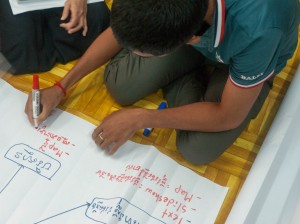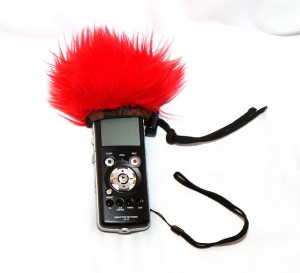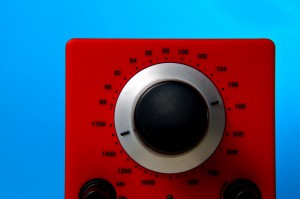Search Results for Tag: Audio
Beeping horns and barking dogs: how to record audio in noisy places
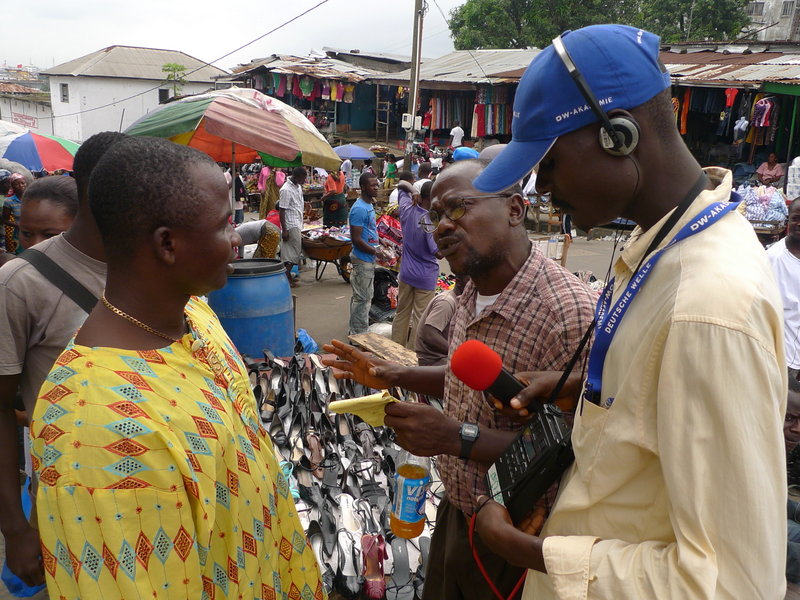
In some countries and cultures, it’s very hard to find or create quiet places to record interviews. The vibrant street life may be so noisy that it’s audible from inside buildings, or the extreme climate may cause sounds such as pelting rain or creaking roofs expanding in the sun.
Outside, everything from barking dogs to street hawkers and blaring music can mean it’s impossible to find a quiet corner. As a journalist, you’ll need to work around this – after all, it’s not possible to ask hundreds of motorists to stop tooting!
OnMedia’s Lesley Branagan has tips to help you get good clean audio that will edit up nicely, no matter what the situation.
![]() read more
read more
Radio is hip again, take a listen
The death of radio has been predicted many times in the past decades but guess what? Radio still isn’t dead. On the contrary, it’s booming. It’s true people may not own as many radios as they used to but on the other hand, they are carrying this century’s version of a transistor radio – their smartphones – around with them in their pockets. And these magical listening devices give people the chance to hear a huge variety of radio shows and podcasts when and where they want to.
But besides new convenience, it’s also the extraordinary quality of many new radio programs that’s causing people to tune in to radio again. onMedia’s Kyle James takes a look what is being considered a new golden age of radio.
![]() read more
read more
Radio Ambulante – a new kind of radio for the Spanish-speaking world
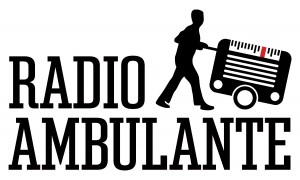 Bringing powerful audio stories to Spanish speakers across the Americas, that’s the goal of Radio Ambulante. The California-based show is a home for long-form, sound-rich radio features driven by strong characters and compelling voices – a format that is not very common in the Spanish-speaking world.
Bringing powerful audio stories to Spanish speakers across the Americas, that’s the goal of Radio Ambulante. The California-based show is a home for long-form, sound-rich radio features driven by strong characters and compelling voices – a format that is not very common in the Spanish-speaking world.
The show was inspired by a reporting trip novelist Daniel Alarcón made to his native Peru on assignment for the BBC. While investigating migration there, Alarcón travelled across the country recording personal stories from a wide range of people. But when he later heard the final mix, he was disappointed that the producers had largely highlighted the English speakers he talked to, leaving out much of the compelling material in Spanish. He wondered what the result would be if there was a place where Spanish-language voices could be heard.
In 2012, with the help of a successful Kickstarter campaign, Radio Ambulante was born. Programs have featured a transgender Nicaraguan woman living with her wife in San Francisco, a Peruvian stowaway describing his frightening journey to New York, and an Argentine who was jailed during that country’s dictatorship and given the choice to either work or to die. “Ambulante” can mean traveling or itinerant but also refers to “ambulantes”: street vendors who sell all kinds of wares in many Latin American cities.
While Radio Ambulante has a growing list of terrestrial stations that carry it, the show is largely distributed digitally. In early October, Radio Ambulante was awarded the Gabriel García Márquez Journalism Award in the innovation category. onMedia put a few questions to Radio Ambulante’s co-founder and executive director, Carolina Guerrero, about how the show’s format has been received in Latin America and where the show wants to go to from here.
![]() read more
read more
How to plan your multimedia story
An online multimedia story is a combination of video, text, photos, audio, graphics and interactive elements where each aspect complements the others. It allows a reporter to draw on the strength of each medium to tell a more compelling story.
But making a multimedia story really shine requires forethought and planning. Even before going out to report, journalists need to think about how they’re going to approach the story, when they’re going to use video, text, sound or photos, and then tie everything together to create a cohesive package. onMedia’s Kyle James has tips on doing the prep work to make sure your multimedia story is a success.
![]() read more
read more
Tools & Apps for Journalists: JamSnap
 Perhaps the easiest way to describe JamSnap is as an iPhone app that lets you make an interactive image by adding snippets of sound and then share it through social media. It will remind you of other apps, but JamSnap is a deceptively simple idea that lets you tell a short story. Think Instagram, but with an audio clip to provide more context or natural sound. Think Thinglink, but easier to produce. And while SoundCloud and Audioboo both allow you to attach photos to an audio clip, JamSnap lets you grab the interest of the audience with an image first. That’s probably going to be more attractive to mobile users.
Perhaps the easiest way to describe JamSnap is as an iPhone app that lets you make an interactive image by adding snippets of sound and then share it through social media. It will remind you of other apps, but JamSnap is a deceptively simple idea that lets you tell a short story. Think Instagram, but with an audio clip to provide more context or natural sound. Think Thinglink, but easier to produce. And while SoundCloud and Audioboo both allow you to attach photos to an audio clip, JamSnap lets you grab the interest of the audience with an image first. That’s probably going to be more attractive to mobile users.
![]() read more
read more
Tools and Apps for Journalists: iRig Recorder App
What is the iRig app?
These days, journalists with smart phones have a wide array of tools to use in their reporting. For those who need to record and send audio, the free iRig Recorder app for iOS and Android is worth checking out.
![]() read more
read more
Digital audio recorders for journalists: what to look for
There are many options out there for journalists wanting to buy a digital audio recorder. But before spending that hard-earned cash on a new device, you should think about what you’ll be using the digital recorder for. Are you going to be doing your recording in the Amazon rainforest or in your local mayor’s office? What’s most important for you? The sound? The size? Or do you need a lower-cost audio recorder that won’t empty your bank account?
onMedia’s Kate Hairsine and Kyle James have been working with digital recorders for over a decade. Here they go through some of the characteristics worth considering in a recorder and tell you what’s personally important to them.
![]() read more
read more
Top 5 mistakes recording audio
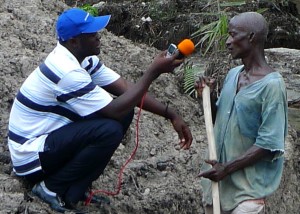 Many journalists don’t record audio as well as they should. Be it in radio or video production, recording good sound can make or break your story.
Many journalists don’t record audio as well as they should. Be it in radio or video production, recording good sound can make or break your story.
Below you can hear examples of some of the most common mistakes journalists make when recording audio. Once you’ve heard how these mistakes sound on tape, it should be easier to avoid them yourself.
![]() read more
read more
Taking your radio features to the next level (part 2)
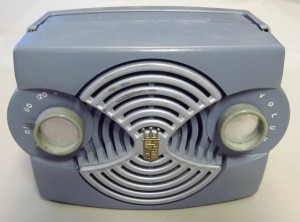
Photo: flickr/France1978
In the second part of our post on giving your radio features that extra little something, radio producer and trainer Kyle James talks about putting your listeners right in the scene and getting creative with voice clips. Remember, the goal is to break out of those ruts that we all can fall into.
![]() read more
read more
Taking your radio features to the next level (part 1)
Radio journalists who regularly produce features can get stuck in a rut or develop bad habits. After a while, their work can start sounding a little formulaic. In this two-part post, radio producer and trainer Kyle James offers advice on putting a bit of zing back in your features and taking your audio packages one step further.
![]() read more
read more





